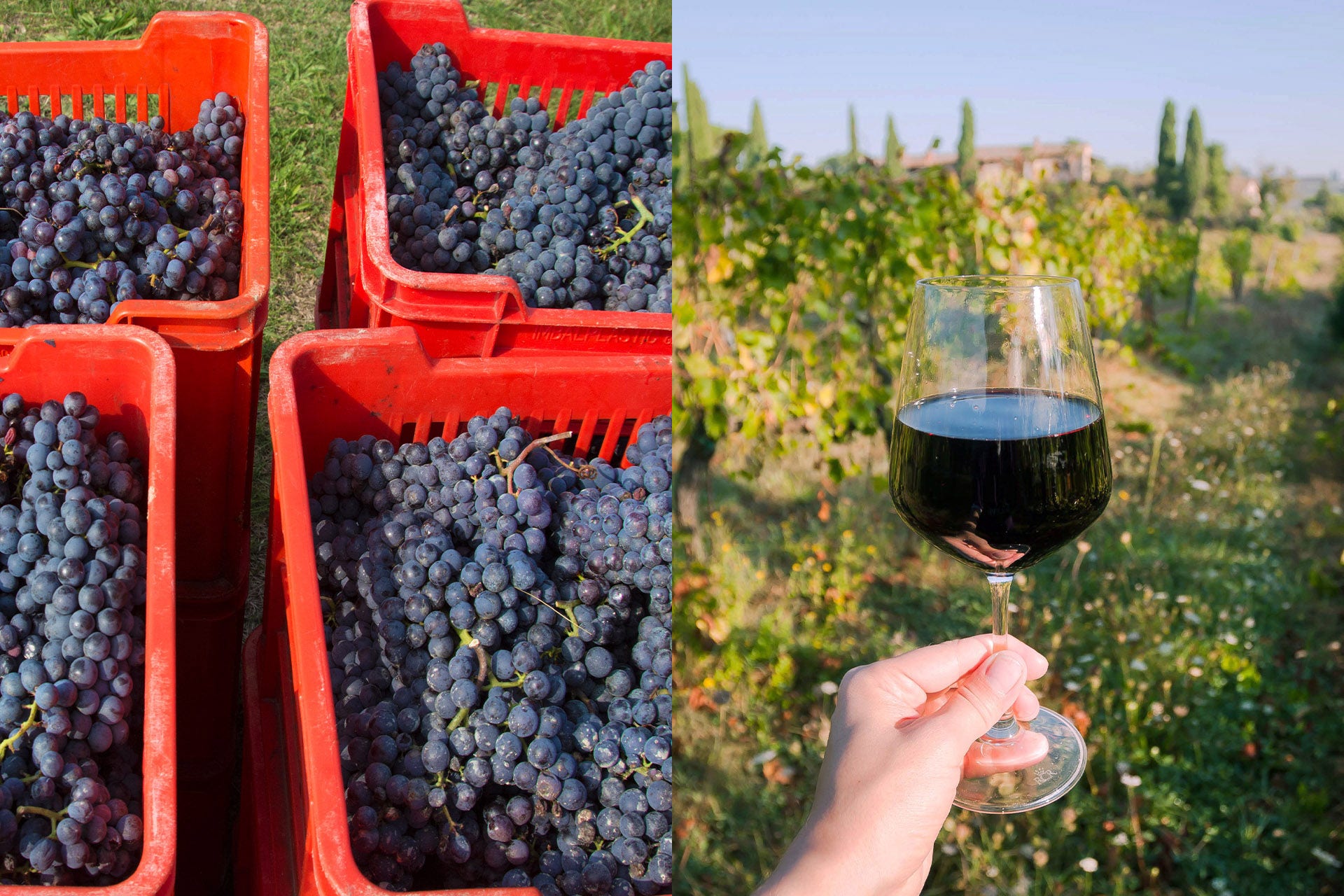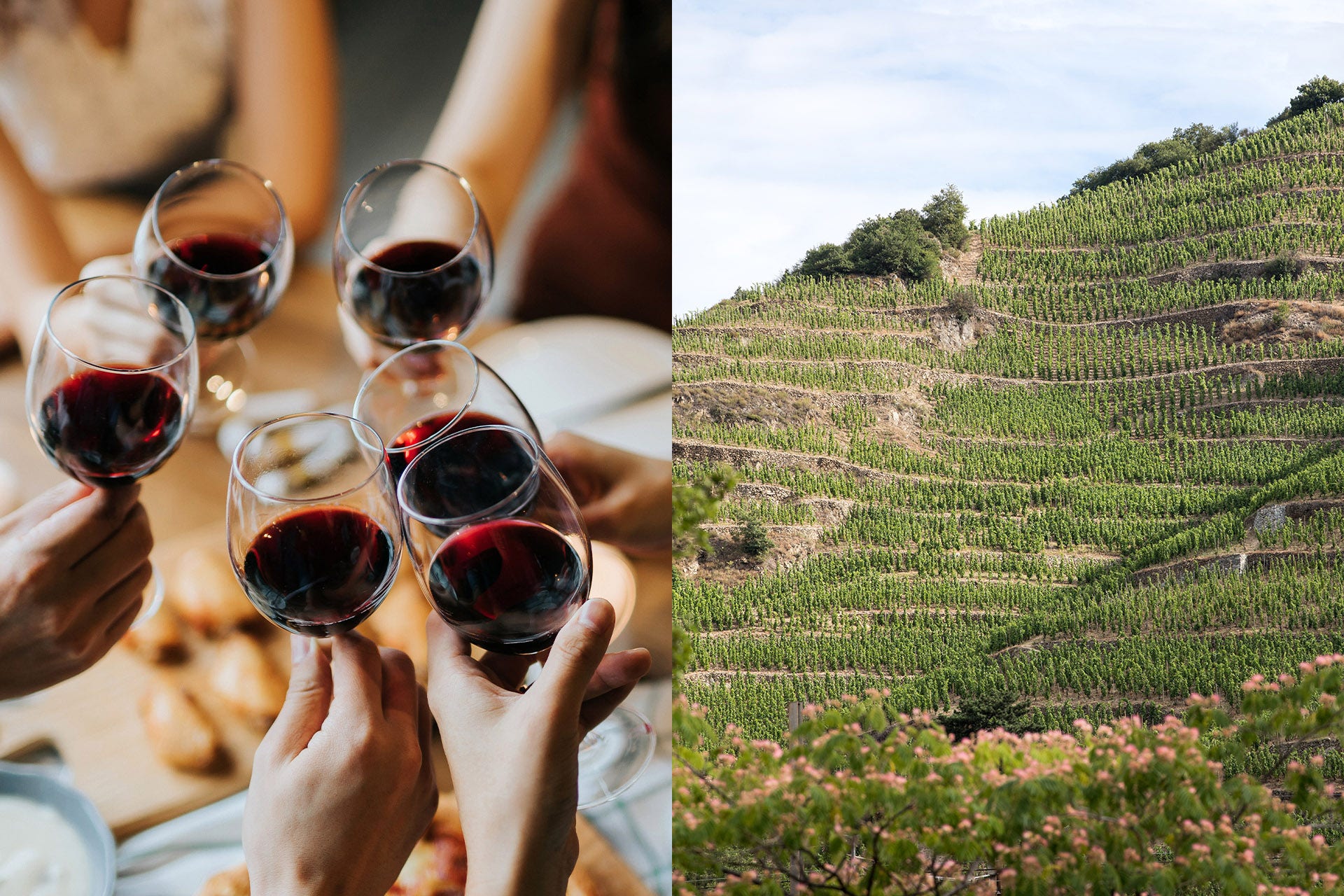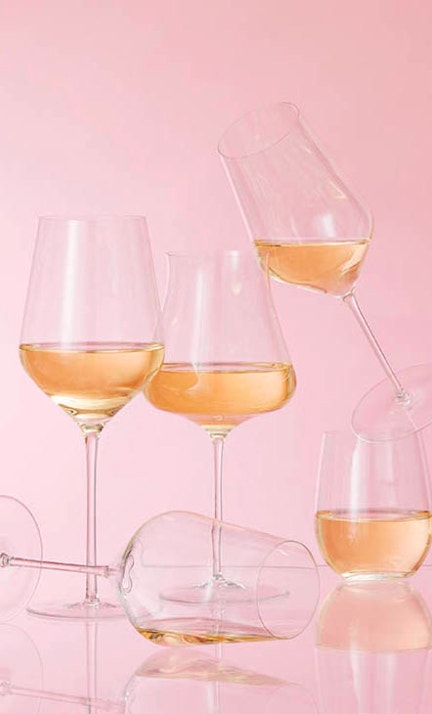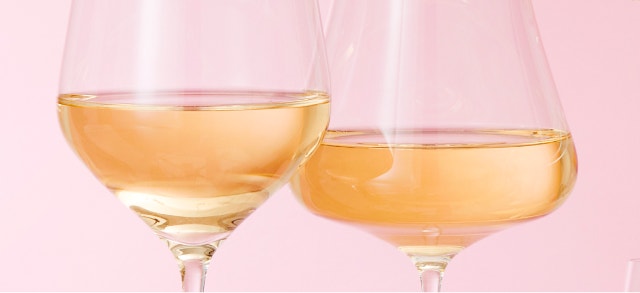Wine Enthusiast |
| How Beaujolais Nouveau Won (And Lost) Generations of U.S. Drinkers Posted: 06 Jul 2021 05:00 AM PDT  In the 1980s, Beaujolais Nouveau made its first big splash in the United States, and American consumption skyrocketed. By the '90s, the food-friendly wine was a dinnertime staple. That new vintages are released each year on France's celebratory Beaujolais Nouveau Day, which just so happens to fall right before Thanksgiving, only adds to its stateside appeal. In recent years, however, U.S. sales have sharply declined. In the aftermath of the pandemic, industry experts project a 25% drop in Beaujolais Nouveau sales in the U.S., according to a 2020 Euronews report. So, how did Nouveau lose its zeal? It has little to do with the wine itself. Cultural and sociological changes have changed the way people saw, drank and thought about Nouveau—and the entire Beaujolais region. An Old History of New WineAmong the rolling hills and tiny villages just south of Burgundy and north of Lyon, France, lies Beaujolais. The region is synonymous with Gamay, the area's most-planted grape. A vibrant, fruit-forward wine, Beaujolais Nouveau is created through carbonic maceration, a method during which whole red grapes rest inside a tank with carbon dioxide, triggering fermentation to begin within the uncrushed grapes. The technique yields wines with a light, refreshing flavor profile. Although the style was enjoyed for centuries in France, it didn't gain widespread attention until 1951, when the Union Interprofessionnelle des Vins du Beaujolais gave the wine its name and a designated November release date. Only then are the wines, made from harvested grapes earlier in the year, to be released.  Soon thereafter, winemakers began to compete with one another via mass marketing campaigns, and Beaujolais Nouveau Day had its own slogan, “Le nouveau est arrivé.” By the 1980s, droves of wine drinkers across Europe, the U.S. and Asia were toasting glasses of Beaujolais Nouveau. "When Beaujolais Nouveau was first introduced to the U.S. wine drinker, the public had an affinity for French wine and cuisine, and so there was an eager audience for something with such an incredible story and history behind it," says Dennis Kreps, co-owner of Quintessential Wines, the U.S. importer of the world's most famous Beaujolais Nouveau producer, Georges Duboeuf. "But with all trends, there are ebbs and flows," says Kreps. "In the '90s and 2000s, the American palate shifted to domestic wines: bold Napa Cabs, spicy Zins and buttery Chardonnay. The popularity of imported wines dipped and with that, the demand for Beaujolais Nouveau." A Big ShiftThe wine's fame overseas was due largely to the late winemaker Georges Duboeuf, who launched his label in 1964. His Nouveau wines were approachable, easy-drinking and notably inexpensive. In its heyday, Georges Duboeuf Beaujolais Nouveau sold as many as 1,185 nine-liter cases in U.S. stores, according to the academic society, the American Association of Wine Economists. By 2019, however, sales had dwindled. "It started in the 1980s," says Pamela Wittmann, principal of Millissime PR & Marketing Services, which specializes in brand awareness for international wine companies. "Sales went up and up and up, and then there was an inflection point when things started going down."  According to Wittmann, Nouveau became a victim of its own success in America. Sure, it was a great source of income and recognition for Beaujolais, but producers and distributors relied too heavily on the revenue from one specific style of wine. "The reputation of the Beaujolais Nouveau took precedence over serious wines that were made in the region," says Wittman. "I'm not just talking about just Cru Beaujolais, but also regular Beaujolais and Beaujolais-Villages.” When interest in Nouveau started to wane, public esteem for other varieties of Beaujolais red, white and rosé wines fell. For most U.S. consumers, Beaujolais was synonymous with Nouveau. Once they lost interest in that wine, the entire region fell out of favor. New OpportunitiesIn recent years, the region has amped up wine education, awareness and tourism to change its reputation. "Producers became smarter and started saying, 'We're making this wine, but we're also making other wines,' " says Wittman. "The region became a lot more open to tourists and letting people visit vintners, and showing them what else they do." Consumer esteem for Beaujolais Nouveau may have waned, but other wines from Beaujolais have surged. Exports of reds and rosés from the region spiked 22% in 2019. "The Nouveau trend that took off earlier on was impressive to see," says Rocco Lombardo, president of Wilson Daniels. "The wines were approachable, economical and only available for a finite time during the year, adding to their appeal. However, today's consumers are more interested in wines of greater complexity that translate a sense of place."  There's increased consumer savvy about French wine and regions, too. "Consumers are beginning to understand that opening a bottle of Cru Beaujolais from a producer like Château du Moulin-à-Vent, who is focused on single-vineyard, terroir-driven expressions, is a way to truly experience Burgundy without the hefty Burgundy price tag," says Lombardo. Interest in Cru Beaujolais, Beaujolais-Villages and other wines from the region could pave the way for a Nouveau comeback, says Kreps. So could ever-changing consumer trends. "Now, the American wine drinker has a different taste," says Kreps. "Lighter, fresher styles like Pinot Noir, and high-acidity, food-friendly wines are what consumers are gravitating toward. It's because of this that Beaujolais Nouveau is again rising in its popularity." La future est arrivée. |
| Wine Twins Can Confuse Even the Most Expert Tasters Posted: 06 Jul 2021 04:00 AM PDT  While it might seem like a party trick, blind tasting helps those who sell and study wine to better understand styles, regions and typicity. But certain varieties often confuse tasters. Called "wine twins," these duos might share chemical makeups, agricultural and winemaking practices, or characteristic styles. What are the trickiest wine twins, and how do pros tell them apart? "Aromatic white varieties often present challenges because there are six key terpenes [in most of them]," says Deborah Parker Wong, global wine editor for SOMM Journal. Linalool, terpineol, citronellol, nerol, geraniol and o-treinol are all present to create the signature floral and citrus notes in aromatic varieties like Alvarinho. In blind tastings, Alvarinho can be confused for semi-aromatic Pinot Gris. They're wine twins due to style. Alvarinho, specifically bottlings from the Monção-Melgaço region in northern Portugal, is richer and fuller bodied than the more commonly understood floral expressions of Albariño from Rías Baixas. "The terroir is far warmer, drier," says Parker Wong. "So, the Alvarinho here is more like an Alsatian Pinot Gris—another warmer, drier region which benefits from the rain shadow of the Vosges, in intensity and body than, say, a Pinot Grigio from the Veneto."  The wines' weight, fuller mouthfeel and, in some cases, similar terpene elements can make them seem alike to tasters. However, if you place them side-by-side, Alvarinho shows more overt floral aromas and stone fruits, Parker Wong says. Pinot Gris is more restrained, and expressions from grand cru vineyards in Alsace often boast upfront mineral notes alongside more subtle stone fruit characters. An array of similar characteristics makes Sangiovese and Nebbiolo wine twins. "Both Sangiovese and Nebbiolo are relatively thin-skinned grapes, which, all things being equal, creates wines with lighter color and lower, bitter/drying tannins," says David Glancy, MS, CWE, founder and CEO of the San Francisco Wine School.  Both have a medium-red hue in the glass, often with an orange-tinted rim. On the palate, they present red fruit aromas and medium-to-high tart, mouthwatering acidity. Winemaking practices also play a role in the grapes' similarities. "In their respective homes of Toscana and Piemonte, they are typically given a fairly long maceration," says Glancy. "The most common practice is aging in botti, large, used oak vats, allowing oxygen exchange without imparting strong vanilla or spice notes from new, small oak barrels. So, both the structure of the grapes and the winemaking make the wines quite similar." When it comes to differentiating them, Glancy finds that Nebbiolo typically displays a more noticeable orange rim, higher tannins and higher alcohol. These differences can be quite nuanced, though. He recommends side-by-side tastings. Other wine twins express themselves similarly on the vine and in the glass. "While many wines are easily confused for one another, especially as climate change has an increasingly larger impact, I’ve found that Argentine Malbec and California Zinfandel are frequently confused," says Christopher Tanghe, MS, interim executive director of GuildSomm. Both have juicy, dark red and black fruit notes, elevated acidity and what Tanghe calls "dusty minerality."  Some of these commonalities are due to winemaking practices. "The trend for oak treatment on both varieties has shifted, with much less used these days," says Tanghe. "So, the fruit really pops in a pure expression, showing the crossover between the two in how they each walk the line between red and black fruits." Structurally, Malbec and Zinfandel are lush in texture due to a tendency toward higher alcohol content. The key to distinguishing between the two is tannins. "Malbec has more powdery tannins, similar to the texture of cocoa powder," says Tanghe. "Zinfandel's are less powerful and silkier." Zinfandel has another wine twin, says Tim Gaiser, MS, a wine educator, speaker, writer and researcher. He says that Syrah and Zinfandel often confuse his students. Uneven ripening leads to raisinated and green fruit characteristics. The wines also have similar spice and herbal qualities like black pepper, fresh and dried herbs, mint or eucalyptus. The wines can also be quite similar in structure. "Syrah, especially New World wines such as Barossa Shiraz, and Zinfandel can both show an elevated level of alcohol, often above 15%," says Gaiser. "And both grapes tend to be in the same tannin range, between medium and medium-plus."  Gaiser advises focusing on non-fruit elements. "Regardless of origin, Syrah/Shiraz usually displays smoky, gamy, dried meat and leather notes not found in Zinfandel," he says. "Northern Rhône Syrah can be more extreme, displaying iodine, dried blood and iron notes, and have considerable earth and mineral qualities." Fruit aromas and flavors are rarely helpful in blind tastings, Gaiser says. "Focus on fruit character and quality," he says. "Is the fruit tart, candied, raisinated?" It's also useful to look at key non-fruit elements like earth or mineral notes as well as indicators of winemaking techniques like lees contact and oak usage. And, of course, practice makes perfect. So taste, taste, taste. |
| You are subscribed to email updates from Wine Enthusiast. To stop receiving these emails, you may unsubscribe now. | Email delivery powered by Google |
| Google, 1600 Amphitheatre Parkway, Mountain View, CA 94043, United States | |

















0 comments:
Post a Comment